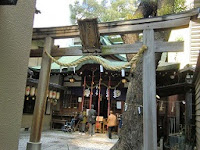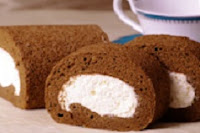Recently, I've read an article on Japanese trend in “TEA A MAGAZINE for winter 2011”.
This is sent by the writer, Ms. Jane Pettigrew, from London.
Her article has a wealth of information including Japanese black tea called wakocha, ready-brewed tea in wine bottles, some new chic tea houses, and Kaikado - the metal caddy shop. I enjoyed reading about “tea update in Japan” from her point of view.
When I look back my history of “tea-lover life”, I’ve learned a lot from her. Strictly speaking, from her books, at first. The books on tea which attracted me were almost always hers, although I didn’t realize it to begin with.
And still, she gives me a zest for tea.
Now, Jane, I’ve had deep respect for, is also praying and helping Japanese friends in London to raise fund for the Sendai region. This is another heartening support.
The article was written before the disaster. I know lots of people in the world are now anxious about Japanese tea, even one made from last year’s harvest, which has nothing to do with radiation. Obviously, not only the tea industry, but the others in Japan have to make the greatest effort to restore the public trust in the world.
Sharing “a nice cup of tea” cheers us up and brings us together. That’s also what I’ve learned from Jane.
I believe the day will come again when we can share more attractive "tea born in Japan" and “Japanese tea update” with you all. Wish us luck.
Once again, thank you, Jane.
With my warmest gratitude,
Tomoko
 |
| Some books by Ms.Jane Pettigrew |
* Kaikado: http://www.kaikado.jp/english/index.html













